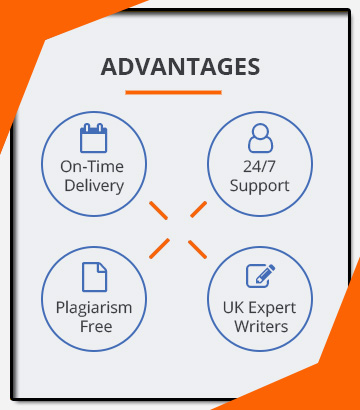|
Learning Outcomes – the learner will:
|
Assessment Criteria – the learner can:
|
Indicative contents
|
|
1.Understand the structure and function of body systems
|
1.1 Explain the structure and function of body systems.
1.2 Describe the levels of organisation in the body
|
Body systems:
Skeletal; Muscular; Digestive; Urinary; Cardiovascular; Circulatory; Nervous; Integumentary; Endocrine & Exocrine; Lymphatic; Respiratory; Reproductive male and female.
Fascia and Senses Immune
Ultrastructure of an animal cell: e.g.plasma membrane; cytoplasm; nucleus; nucleolus; endoplasmic reticulum; golgi apparatus; vesicles; lysosomes; ribosomes; mitochondria and centrioles.
|
|
2.Understand the structure and function of the feet and hands
|
2.1 Describe the structure and function of the feet and hands.
2.2 Explain the body systems reflected onto the structures in the feet and hands.
|
Foot and Hands; Bones, Bone tissue, joints, muscles, cartilage, tendons, ligaments, fascia and connective tissue, blood vessels, nerves.
Foot only; Arches and Venous Arch.
Hands; Metacarpals - Carpals Joints
Bones; tendons, ligaments, primary blood vessels and nerves.
How they function?
Macro systems represented on feet and hands with bone structure of feet and hands used to identify placement of each system.
Reflexology chart foot maps as precise anatomical reflection of macro to micro body systems.
|
|
3.Understand health and illness as reflected in the feet and hands in a clinical reflexology context
|
3.1 Explain how feet and hands can indicate aspects of health and illness in a clinical reflexology context.
3.2 Examine how this reflects in different anatomy body systems
|
Identify and assess tactile findings. Identify and assess visual findings.
Recognise abnormalities / imbalances from all potential causes, to include lifestyle factors;
medications, prescribed and non-prescription and possible side effects; psychological factors; physical factors; pre-determined pathologies; diet + fluids; exercise; sleep patterns; addictions; trauma; stress; posture; work; genetic and/or hereditary factors
|
|
4.Understand how homeostasis promotes recovery
|
4.1 Explain the principles of homeostasis.
4.2 Summarise how homeostatic mechanisms operate in the maintenance of an internal environment.
4.3 Evaluate the importance of homeostasis in maintaining the healthy functioning of the body
|
Definition of homeostasis, internal environment, concept of negative feedback as a regulatory mechanism.
Control unit: The control unit then communicates the change needed to bring the body back into balance.
Effector: The effector receives this information and acts on the change that is needed.
|
|
5.Understand the biopsychosocial model and its relevance in illness and health
|
5.1 Define concepts of health and illness,
5.2 Explain biopsychosocial influences upon illness and health.
5.3 Evaluate the impact of influences upon biopsychosocial illness and health.
|
World Health Organisation definition.
Health is a state of complete physical, mental and social well-being and not merely the absence of disease or infirmity
Biological (e.g. genetics, brain chemistry and brain damage) Social (e.g. life traumas and stresses, early life experiences and family relationships) Psychological (e.g. how we interpret events as signifying something negative about ourselves) Demonstrating the multi levels of life influences through researching biology, psychology and sociology
|

